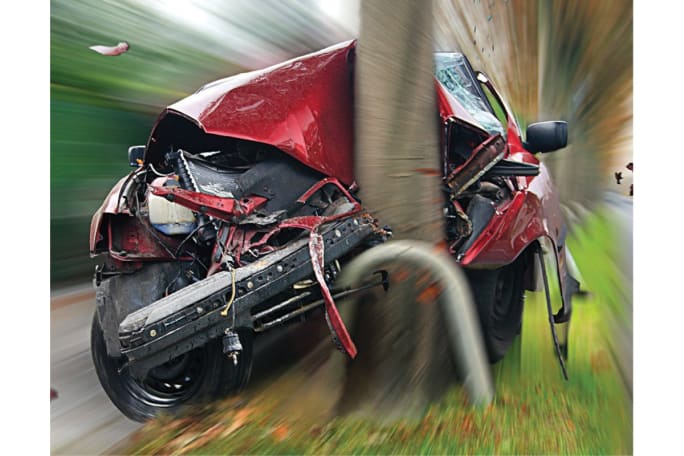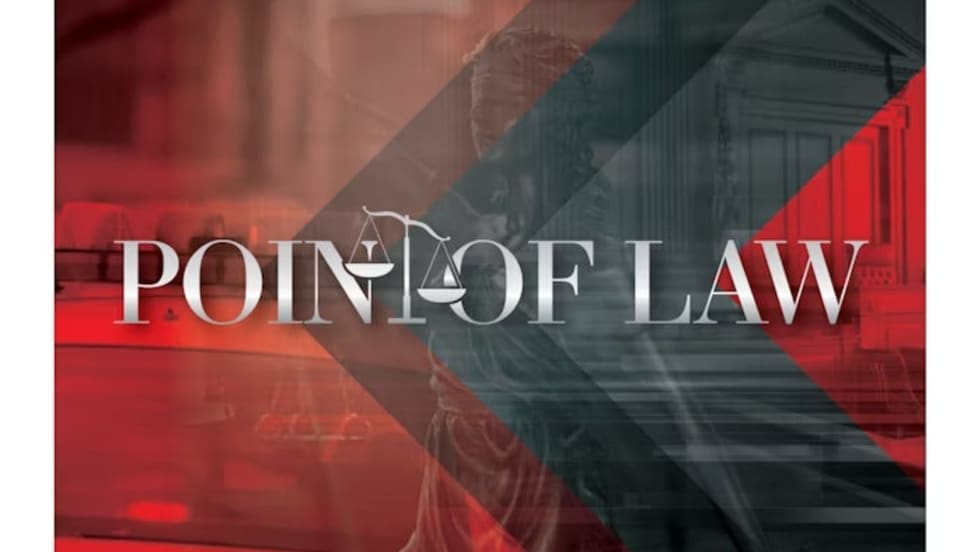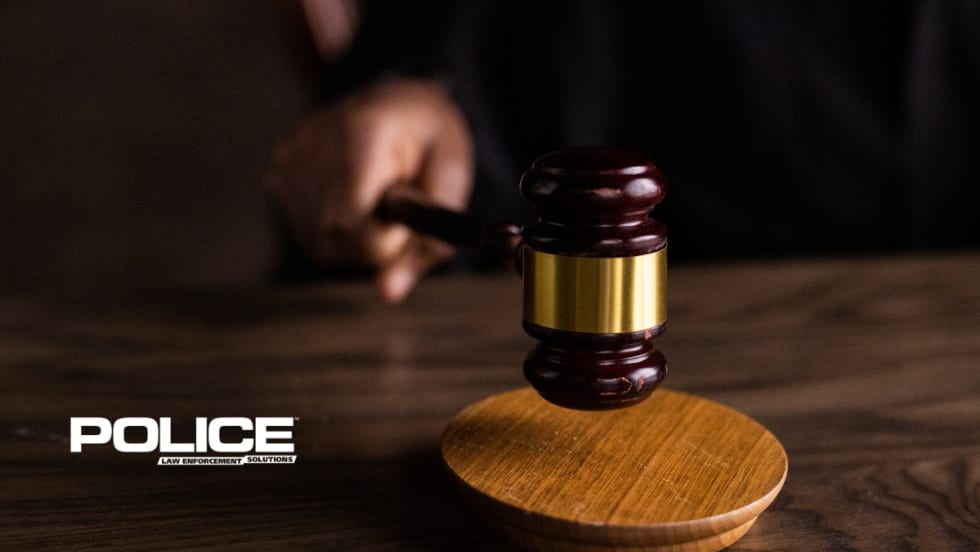
Vehicle pursuits can be extremely dangerous for law enforcement officers, suspects, uninvolved motorists, and even pedestrians. Pursuit policies should establish when a chase is worth the risk and specify that the risk must be re-evaluated as the pursuit continues.
Photo: getty/Wafue
There are few activities police officers do while conducting enforcement activities that give as much of an adrenaline rush more than a good car chase. A vehicle pursuit is one of the few experiences where your training, experience, and ability all come together for the purpose of ensuring the apprehension of a suspect who committed a crime. Officers relish such moments, but they are fraught with risk, both physically and legally for all parties involved.
This is why agencies must have a comprehensive pursuit policy that limits the initiation of a pursuit and narrowly tailors an officer’s ability to continue the pursuit. Is it right for an agency’s leaders to draft a pursuit policy that provides strict limitations? Absolutely. The reasons for such a policy is based on the most important duty as a police leader—officer safety and public safety. Too often I hear officers and command staff say their leaders draft policies to reduce liability. While reducing liability is an important consideration, the primary concern should be the safety of our staff and the citizens we serve.







